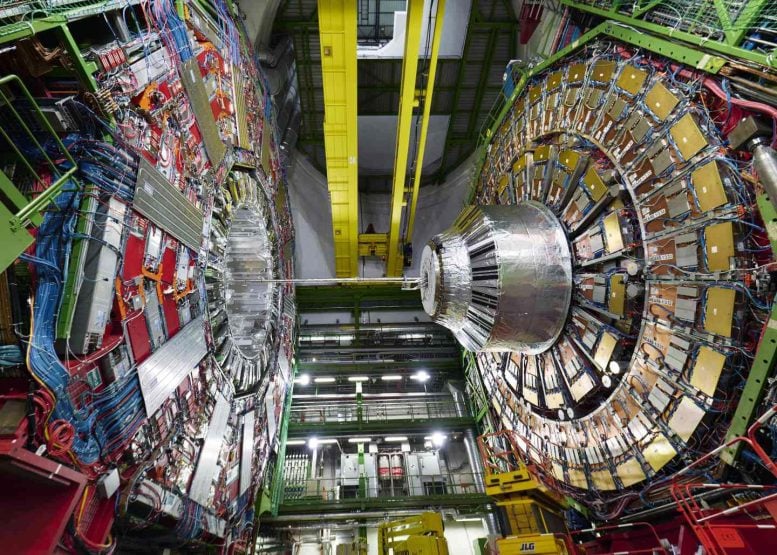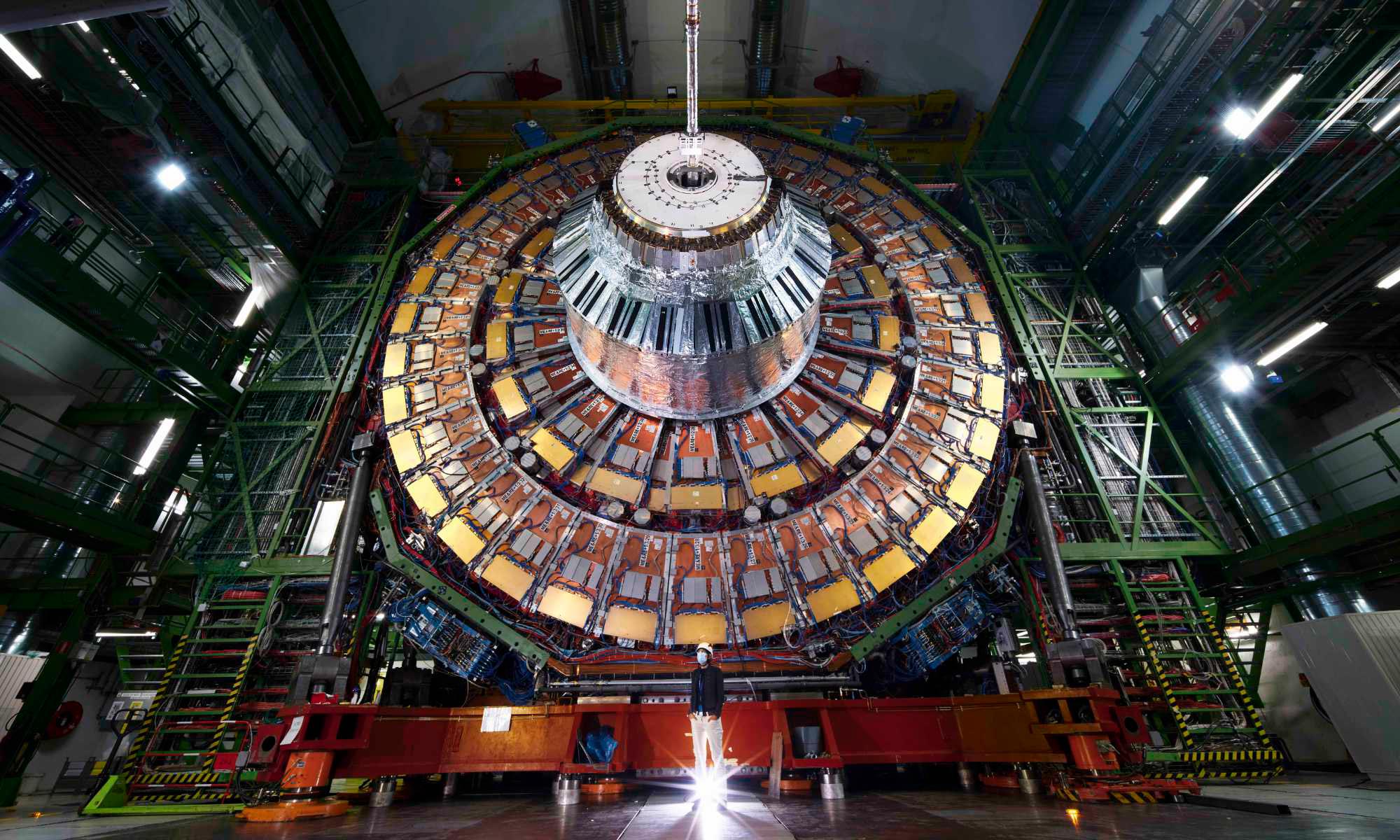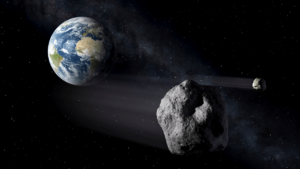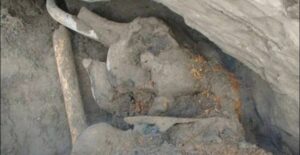Based on their extensive involvement at CERN, the University of Rochester team recently achieved “incredibly precise” measurements of the electroweak mixing angle, a crucial component of the Standard Model of particle physics. Credit: Samuel Joseph Herzog; Julien Marius Ordan
University of Rochester researchers working with the CMS Collaboration at CERNhave made significant progress in measuring the electroweak mixing angle, improving our understanding of the Standard Model of particle physics.
Their work helps explain the fundamental forces of the universe, supported by experiments such as those conducted at the Large Hadron Collider, which probe conditions similar to those after Big bang.
Unraveling Universal Mysteries
In their quest to decode the mysteries of the universe, researchers from the University of Rochester have been involved for decades in an international collaboration at the European Organization for Nuclear Research, better known as CERN.
Building on their extensive involvement at CERN, particularly within the CMS (Compact Muon Solenoid) collaboration, the Rochester team, led by Ari Bodek, the George E. Paquet Professor of Physics, recently achieved a groundbreaking milestone. Their achievements centered on the measurement of the electroweak mixing angle, a crucial component of the Standard Model of particle physics. This model describes how particles interact and accurately predicts many phenomena in physics and astronomy.
“Recent measurements of the electroweak mixing angle are incredibly precise, calculated from proton collisions at CERN, and advance the understanding of particle physics,” says Bodek.
The CMS Collaboration brings together members of the particle physics community from around the world to better understand the fundamental laws of the universe. In addition to Bodek, the CMS Collaboration’s Rochester cohort includes principal investigators Regina Demina, professor of physics, and Aran Garcia-Bellido, associate professor of physics, along with postdoctoral research associates and doctoral students and undergraduates.

University of Rochester researchers have a long history of working at CERN as part of the Compact Muon Solenoid (CMS) collaboration, including playing a key role in the 2012 discovery of the Higgs boson. Credit: Samuel Joseph Herzog; Julien Marius Ordan
A legacy of discovery and innovation at CERN
Located in Geneva, Switzerland, CERN is the world’s largest particle physics laboratory, known for its ground-breaking discoveries and cutting-edge experiments.
Rochester researchers have a long history of working at CERN as part of the CMS Collaboration, including playing a key role in the 2012 discovery of the Higgs boson, an elementary particle that helps explain the origin of mass in the universe.
The collaboration’s work involves collecting and analyzing data collected by the Compact Muon Solenoid detector at CERN’s Large Hadron Collider (LHC), the world’s largest and most powerful particle accelerator. The LHC consists of a 17-mile ring of superconducting magnets and accelerator structures built underground and spanning the border between Switzerland and France.
The main goal of the LHC is to study the basic building blocks of matter and the forces that govern them. It achieves this by accelerating beams of protons or ions to almost the speed of light and smashing them into each other at extremely high energies. These collisions recreate conditions similar to those that existed a fraction of a second after the Big Bang, allowing scientists to study the behavior of particles under extreme conditions.
Revealing the combined forces
In the 19th century, scientists discovered that the various forces of electricity and magnetism are related: a changing electric field creates a magnetic field and vice versa. The discovery formed the basis of electromagnetism, which describes light as a wave and explains many phenomena in optics, along with the description of the interaction between electric and magnetic fields.
Based on this understanding, physicists in the 1960s discovered that electromagnetism is related to another force, the weak force. The weak force operates in the nucleus of atoms and is responsible for processes such as radioactive decay and powering solar energy production. This discovery led to the development of the electroweak theory, which postulates that electromagnetism and the weak force are actually low-energy manifestations of a single force called the unified electroweak interaction. Key discoveries, such as the Higgs boson, confirmed this concept.
Advances in the electroweak interaction
The CMS Collaboration recently performed one of the most precise measurements yet related to this theory, analyzing billions of proton-proton collisions at the LHC at CERN. Their focus was the measurement of the weak mixing angle, a parameter describing how electromagnetism and the weak force mix to create particles.
Previous measurements of the electroweak mixing angle have sparked debate in the scientific community. However, the latest findings are in close agreement with the predictions of the Standard Model of particle physics. Rochester graduate student Rhys Taus and postdoctoral researcher Aleko Huhunaishvili implemented new techniques to minimize the systematic uncertainties inherent in this measurement, increasing its precision.
Understanding the weak mixing angle sheds light on how the various forces in the universe work together at the smallest scales, deepening the understanding of the fundamental nature of matter and energy.
“The Rochester team has been developing innovative techniques and measuring these electroweak parameters since 2010 and then applying them to the Large Hadron Collider,” says Bodek. “These new techniques heralded a new era of precise tests of the predictions of the Standard Model.”



